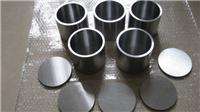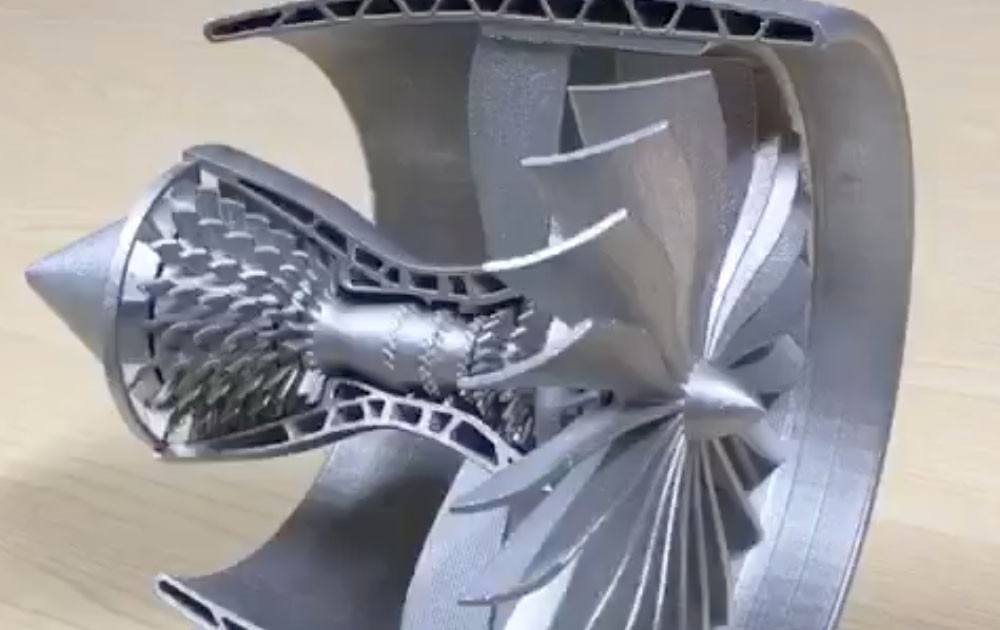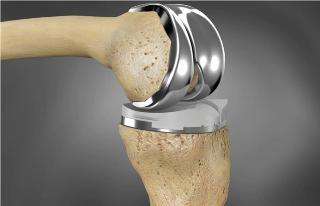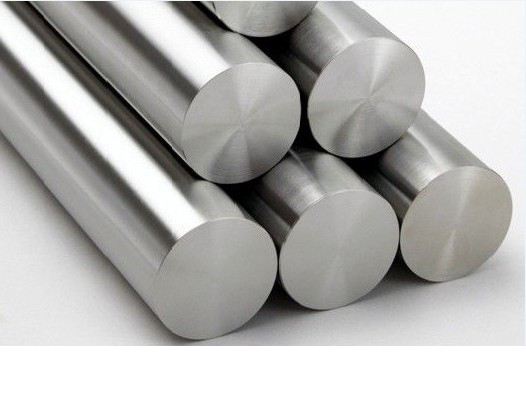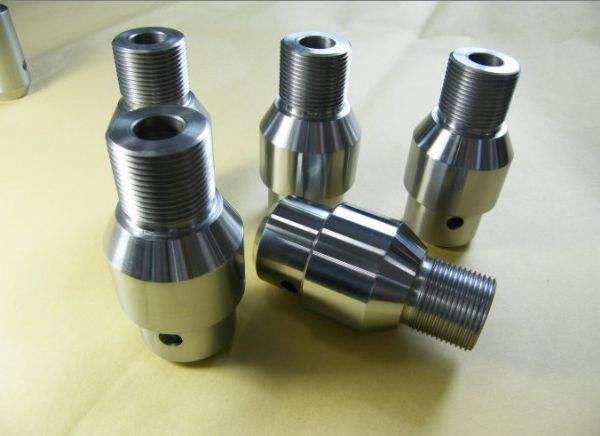
A colored alloy composed of molybdenum as a matrix and other elements. The main alloying elements are titanium, zirconium, hafnium, tungsten and rare earth elements. Titanium, zirconium,
The bismuth element not only acts on the solid solution strengthening of the molybdenum alloy, but also maintains the low temperature plasticity of the alloy, and also forms a stable, dispersed distribution of carbide phases, which increases the strength and recrystallization temperature of the alloy. Molybdenum alloy has good thermal conductivity, electrical conductivity and low expansion coefficient. It has high strength at high temperature (1100~1650 °C) and is easier to process than tungsten. It can be used as the grid and anode of the electron tube, the supporting material of the electric light source, and the parts for making the die casting and extrusion die, the spacecraft. Since molybdenum alloys have low temperature brittleness and weld brittleness, and high temperature is easily oxidized, their development is limited. The molybdenum alloys produced industrially include molybdenum, titanium, zirconium, molybdenum, tungsten and molybdenum rare earth alloys. The main strengthening pathways for molybdenum alloys are solid solution strengthening, precipitation strengthening and work hardening. Molybdenum alloy sheets, strips, foils, tubes, rods, wires and profiles can be obtained by plastic processing, which can also improve the strength and improve the low temperature plasticity.Molybdenum is an important element in steel and alloy. Commonly used molybdenum-containing furnace materials are metal molybdenum and ferromolybdenum. Sometimes molybdenum oxide concentrate can also be used to directly reduce and smelt molybdenum-containing steel. The natural reserves of molybdenum in the earth's crust are 19 million tons, and the recoverable reserves are 8.6 million tons.
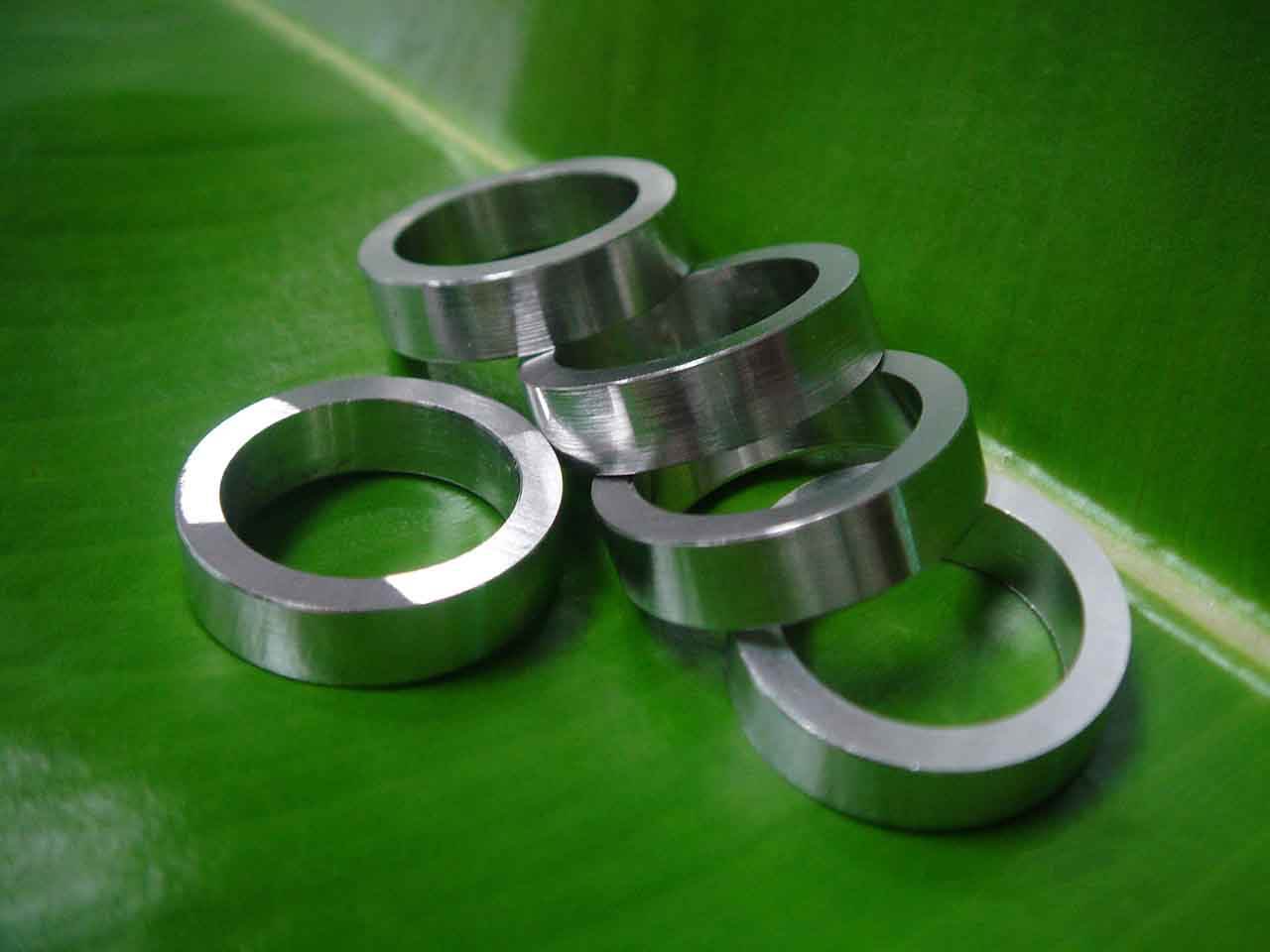
Medical angiography
Molybdenum-99 is one of the radioisotopes of molybdenum and is used in hospitals to prepare strontium-99. 锝-99 is a radioisotope that can be used for internal organ imaging after taking it. Molybdenum-99, which is used for this purpose, is usually absorbed in alumina powder and stored in a relatively small container. When molybdenum-99 decays, it produces 锝-99, which can be taken out of the container when needed. patient
Ta, a metal element, mainly found in coltan, and symbiotic. The hardness of the crucible is moderate [1], and it is malleable and can be drawn into a thin foil. Its coefficient of thermal expansion is small. It has excellent chemical properties and is extremely resistant to corrosion. It does not react with hydrochloric acid, concentrated nitric acid and "Aqua regia" under both cold and hot conditions. It can be used to manufacture evaporation vessels, etc. It can also be used as an electrode, rectifier, or electrolytic capacitor for an electron tube. Medically used to make thin slices or thin lines, and to repair the damaged tissue. Although the corrosion resistance of bismuth is very strong, its corrosion resistance is


